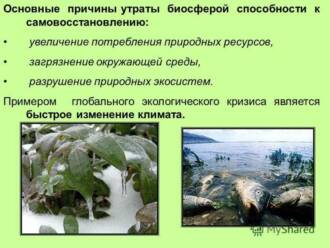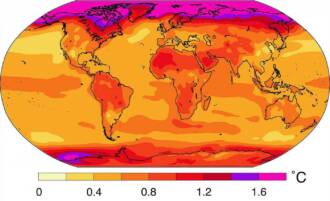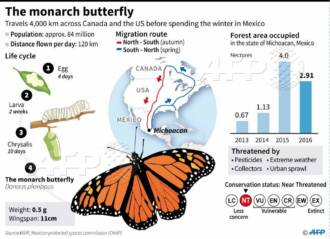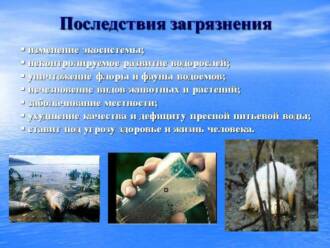
Climate change is one of the major challenges facing our planet. Global warming is causing a number of negative impacts, including changes in the distribution and habitats of various animal species. Butterflies are no exception.
Butterflies are one of the most beautiful and diverse groups of insects. They play an important role in ecosystems, participating in the pollination of plants and being a food source for many predators. However, due to climate change, many species of butterflies are in a difficult position.
Global warming leads to changes in temperature conditions, precipitation and seasonality. This has an impact on the life cycles of butterflies, including breeding seasons, migrations, and when caterpillars and pupae appear. Butterflies that are accustomed to certain conditions may not be able to adapt to new conditions and die out.
Climate and butterflies: changing distribution and habitats

Climate change has a significant impact on the distribution and habitats of butterflies. With global warming and changing weather patterns, butterflies face new challenges in their lives. These changes in climate can lead to changes in temperature conditions, precipitation and seasonality, which affect the life cycles and behavior of butterflies.
One of the main effects of climate change on butterflies is a shift in their geographic distribution. Butterflies may be forced to change their migratory routes and look for new places to breed and find food. Some species of butterflies may disappear from certain regions, while others may appear in new places where they have not been found before.
Climate change also affects the habitats of butterflies. Butterflies depend on certain conditions for their survival, such as the presence of certain plants on which they can lay their eggs and obtain food in the form of nectar. Climate change could lead to changes in vegetation composition, which could affect food availability and breeding grounds for butterflies.
Overall, climate change poses a major threat to butterflies. They are an important part of the ecosystem and perform a number of functions, such as pollinating plants and being a food source for other animals. Therefore, it is important to take measures to reduce the impact of human activities on the climate and to ensure the conservation of habitats for butterflies for their survival and development.
The impact of climate change on the life of butterflies
Climatic changes have a significant impact on the life of butterflies, as these insects are very sensitive to changes in their environment. An increase in temperature, changes in precipitation and other climatic factors can lead to a shift in the boundaries of the habitats of butterflies and a change in the conditions for their reproduction and feeding.
Habitat change
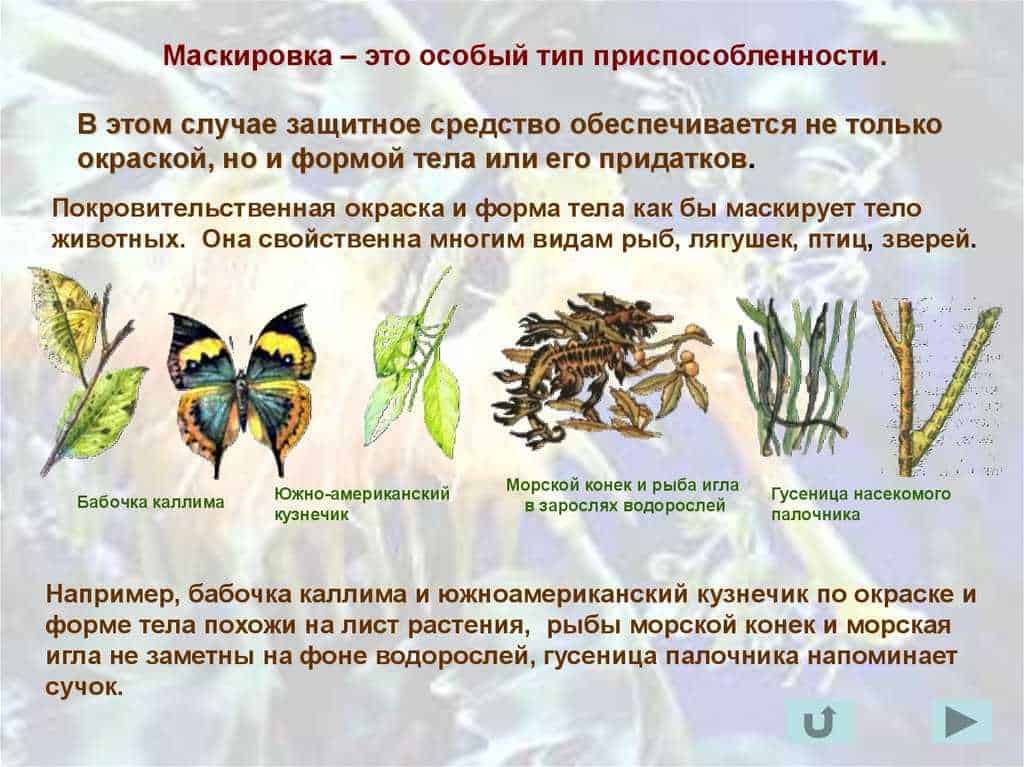
As a result of climate change, many species of butterflies are forced to change their habitats. Some species are moving to colder regions where they were previously absent in search of more comfortable climatic conditions. Others, on the contrary, are forced to move to the poles or to higher mountainous regions due to rising temperatures in their usual habitats.
Changing conditions for reproduction and nutrition
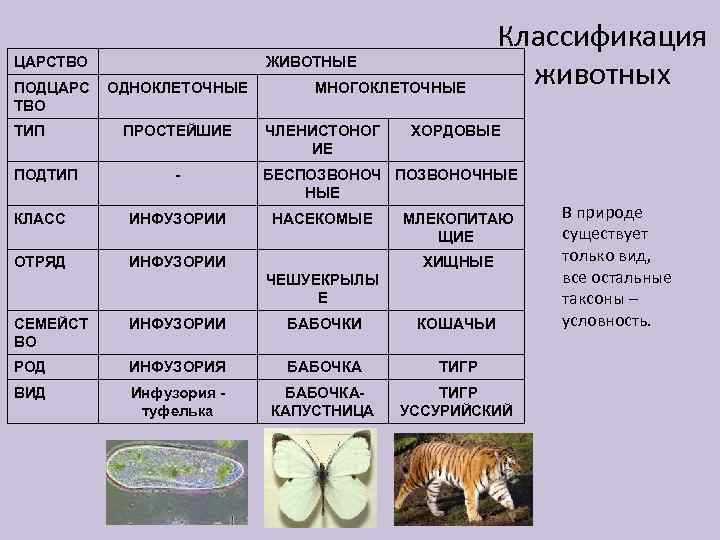
Climate change also affects the breeding and feeding conditions of butterflies. A change in precipitation can lead to a reduction or, conversely, an increase in the availability of food for caterpillars. Some species of butterflies may be forced to change their preferences for host plants on which they lay their eggs due to changing environmental conditions.
Thus, climatic changes have a serious impact on the life of butterflies, leading to a change in their habitats and conditions for reproduction and feeding. To preserve biodiversity and protect butterflies, it is necessary to strengthen measures to combat climate change and create conditions for the adaptation of these insects to new living conditions.
How Human Activities Affect Butterfly Habitats

Human activities have a significant impact on the habitats of butterflies. One of the main factors influencing the change in the habitat of butterflies is the destruction and loss of natural habitats. As a result of urban expansion and industrial development, many forest and polar areas are being converted into built-up areas or agricultural areas.
In addition, the use of pesticides in agriculture leads to the poisoning of butterflies and the destruction of their plant food. They can also be adversely affected by air and water pollution caused by industrial emissions and unauthorized logging.
The introduction of invasive plant and animal species also has a negative impact on butterfly habitats. Some invasive plants may outcompete native plant species that provide a food source for butterflies. In addition, invasive predators can destroy their eggs and caterpillars, reducing the butterfly population.
However, not all the impact of human activity on butterfly habitats is negative. Some butterflies can find new habitats by changing the landscape created by man. For example, parks and gardens created in cities and suburbs can become a new home for butterflies, providing them with food sources and shelter.
The spread of butterflies and global warming
Global warming is one of the main causes of climate change on our planet. It affects many aspects of life, including the migration and distribution of various animal species. Butterflies, as delicate and vulnerable creatures, are also experiencing the impact of global warming on their distribution.
Change in temperature conditions and change in habitats
With climate change, there are changes in temperature conditions in different regions. In some areas, there is an increase in the average temperature, which may affect the distribution of butterflies. Some species of butterflies prefer certain climatic conditions, and if these change, then the butterflies are forced to look for new habitats.
Butterfly migration in search of suitable conditions
Global warming may also cause butterflies to migrate as they seek better conditions for their development and survival. Some species of butterflies are able to fly long distances to find new places where the temperature conditions suit their needs. However, not all butterfly species can migrate successfully and this may lead to their decline or even extinction in some regions.
Changing interactions with plants and other organisms
Global warming also affects how butterflies interact with plants and other organisms. Some butterflies depend on certain types of plants for food during their development and also for laying eggs. Climate change may lead to a change in the distribution of these plants, which in turn will affect the distribution of butterflies.
In general, global warming has a complex effect on the distribution and habitats of butterflies. They are forced to adapt to changing conditions, and their survival and development may depend on how well they cope with these changes.
Butterfly habitat change due to climate change
Climate change caused by human activities has a significant impact on the distribution and habitats of butterflies. Climate change is affecting every aspect of these winged insects, from their development and life cycle length to their ability to move and find new habitats.
Climate change may lead to a shift in the range of distribution of butterflies. Due to rising temperatures, some species of butterflies may begin to migrate to more northern regions, where previously there were unsuitable conditions for their habitat. On the other hand, some species of butterflies, adapted to certain climatic conditions, may face a decrease in the habitats available to them.
Climate change may also change the seasonality and length of the life cycle of butterflies. An increase in temperature and a change in the amount of precipitation can affect the development and maturation of caterpillars, as well as the time and intensity of their metamorphosis. Warmer winters can cause butterflies to wake up early from hibernation, which can affect their ability to survive and reproduce.
Changing the range and habitats of butterflies caused by climate change has serious consequences for ecosystems. Butterflies are important plant pollinators and play an important role in maintaining biodiversity. Their reduction or extinction can disrupt food chains and affect other animal and plant species that depend on them. Therefore, understanding and taking into account changes in the range of butterflies due to climate change is an important task for the conservation of ecosystems and biodiversity of the planet.
The main factors affecting the distribution of butterflies

The distribution of butterflies depends on a number of factors, including climatic conditions, the availability of suitable habitats, and the availability of plants that serve as their food source.
Climatic conditions
Climatic conditions play an important role in the distribution of butterflies. They prefer temperate and warm climatic zones, where temperature and humidity are within optimal limits. Climate change can create new conditions for the distribution of butterflies or, conversely, worsen their habitats.
habitats

The availability of suitable habitats is an important factor for the dispersal of butterflies. They can inhabit a variety of habitats, including forests, grasslands, gardens, and parks. Each species of butterfly has its own preferences for habitats, and changes in these habitats can affect their distribution.
host plants
Butterflies depend on the presence of certain plants to serve as their source of food and as a place to lay their eggs. Each butterfly species has its own preference for host plants, and a change in the population or availability of these plants can significantly affect the distribution of butterflies.
In general, the distribution of butterflies is a complex and dynamic process that depends on many factors. Understanding these factors and their interrelationships allows a better understanding of changes in the distribution and habitats of butterflies and the development of effective measures for their conservation and protection.
Butterfly habitat protection and conservation
One important aspect of butterfly conservation is the protection and conservation of their habitats. Butterfly habitats include various types of ecosystems such as grasslands, fields, forests, swamps, and gardens. Each of these habitat types has its own unique ecology and supports different butterfly species.
To protect and conserve the habitats of butterflies, conservation measures must be taken, including the creation of nature reserves and national parks where butterflies can find safety and suitable breeding conditions. It is also important to monitor and survey habitats to determine the level of threats and develop effective conservation strategies.
One way to protect butterfly habitats is to install plants that are their food source and provide a place to lay eggs and develop caterpillars. Such plants are called caterpillar or fodder plants. Some of these include spurge, nettle, asters, and meadow grasses. A variety of caterpillar plants are important for maintaining butterfly populations and should be conserved and protected.
However, in addition to the installation of caterpillar plants, it is also necessary to conserve and protect a variety of flowering plants, which are a source of nectar for butterflies. Butterflies use nectar as a source of energy and nutrients. Therefore, it is important to maintain a variety of flowering plants in order to provide enough food for butterflies.
In general, the protection and conservation of butterfly habitats is an integral part of their conservation. This includes establishing nature reserves, conducting research and monitoring, installing caterpillar and flowering plants, and taking action to protect nature and combat climate change. Only by working together can we ensure the conservation of butterflies and their habitats for future generations.

